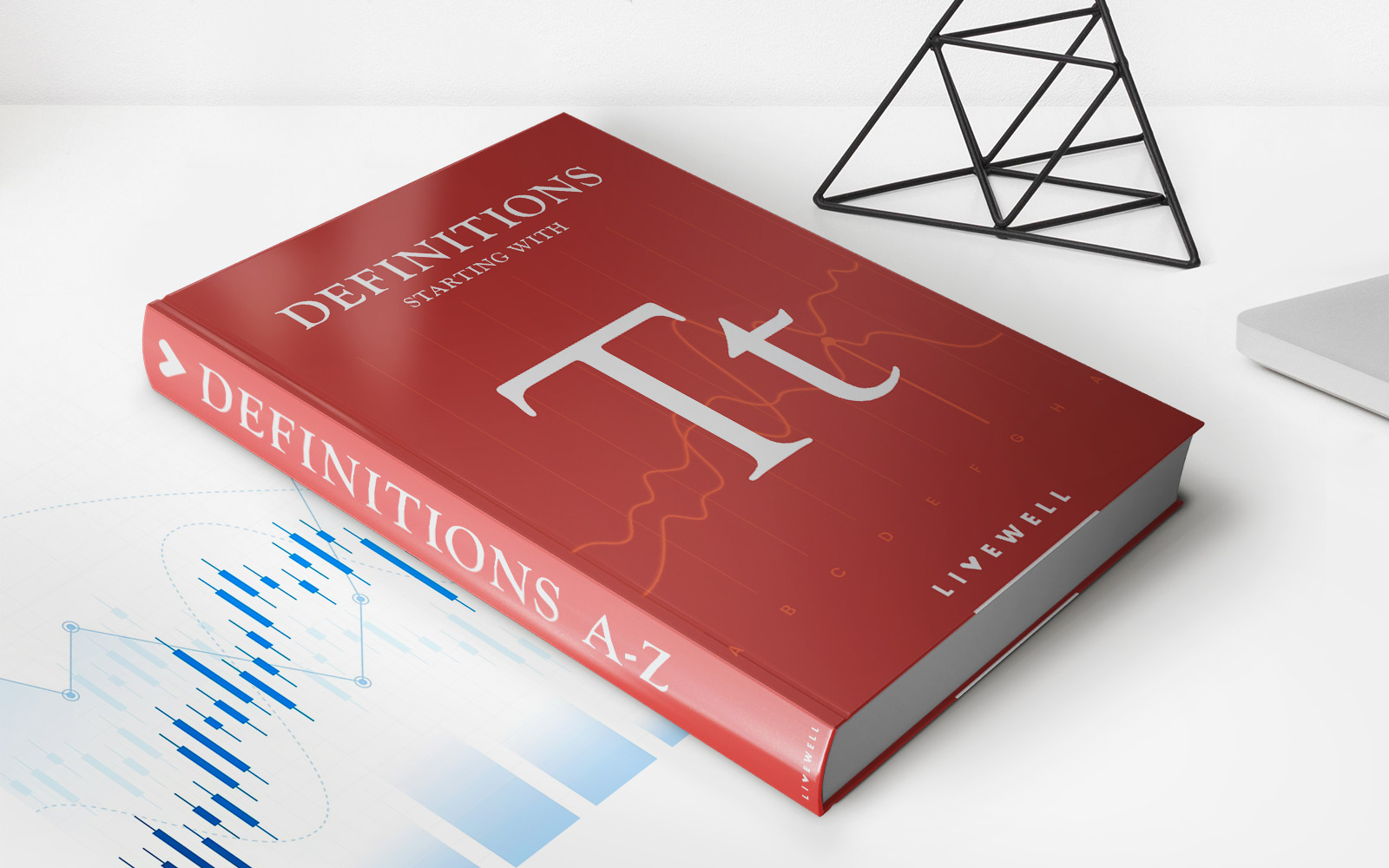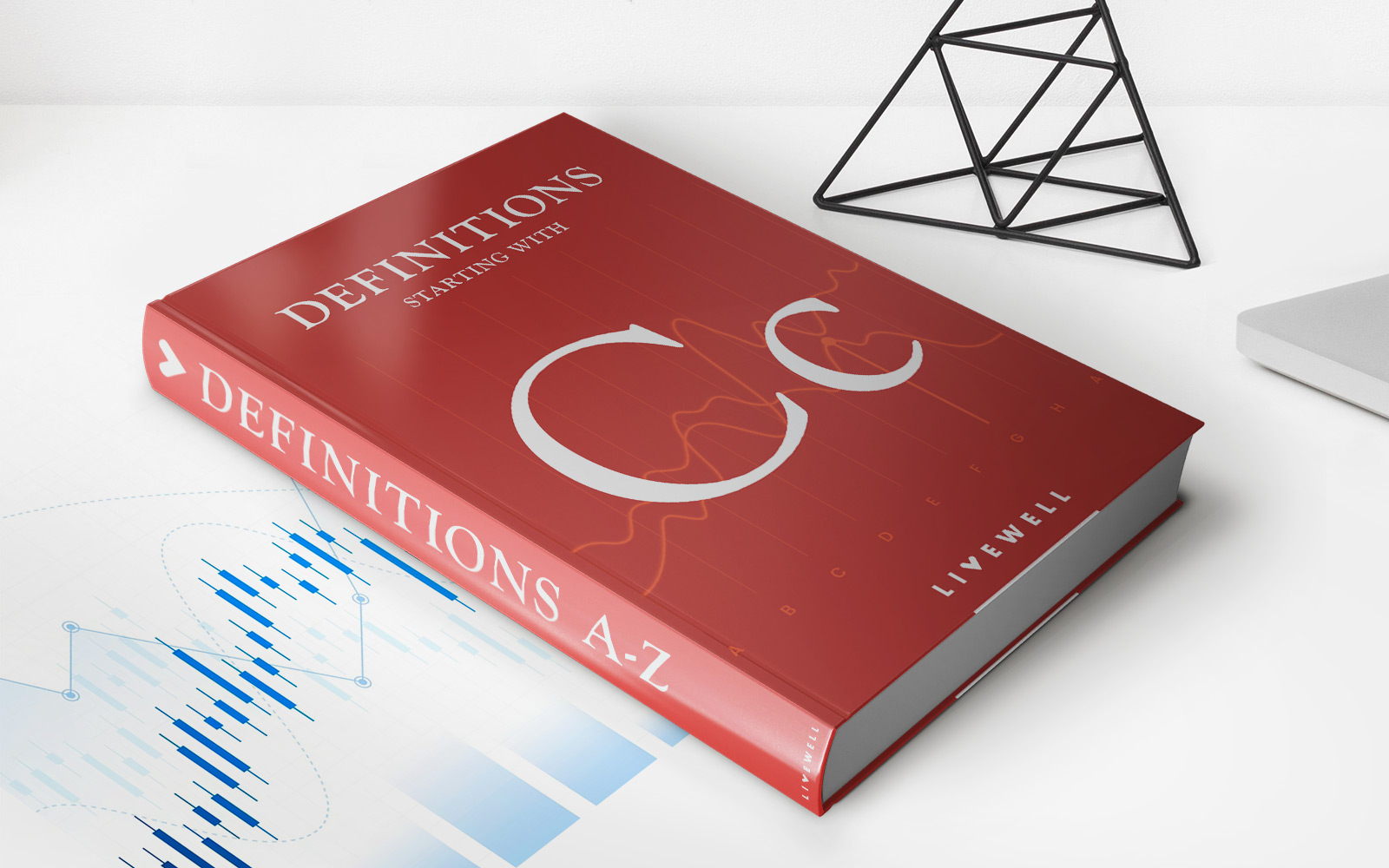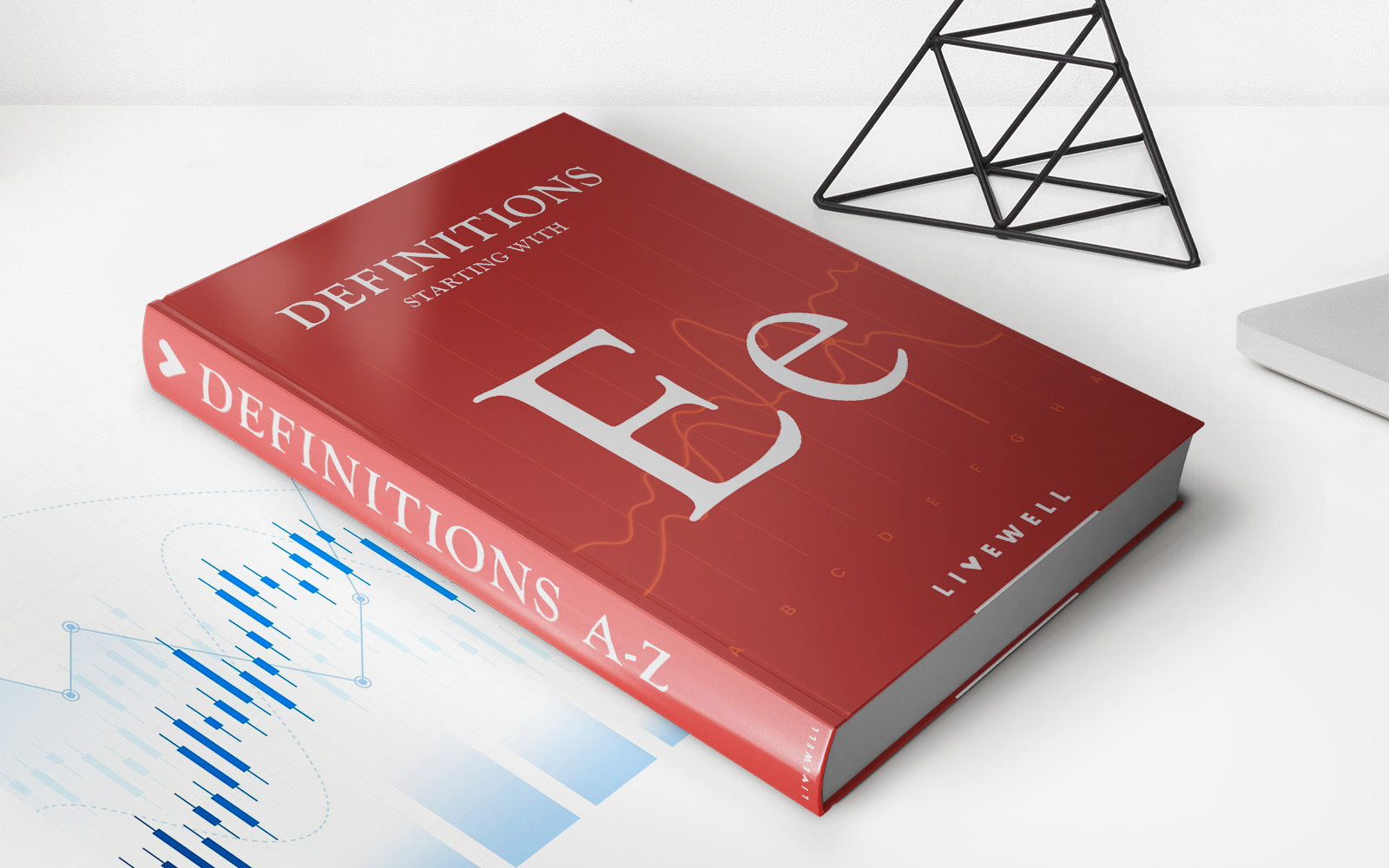Home>Finance>Coupon Bond: Definition, How They Work, Example, And Use Today


Finance
Coupon Bond: Definition, How They Work, Example, And Use Today
Published: November 4, 2023
Learn everything about coupon bonds in finance, including their definition, how they work, examples, and their relevance in today's world.
(Many of the links in this article redirect to a specific reviewed product. Your purchase of these products through affiliate links helps to generate commission for LiveWell, at no extra cost. Learn more)
Understanding Coupon Bonds: A Guide to How They Work and Their Use in the Modern World
When it comes to financial investments, one term that often pops up is “coupon bond.” But what exactly is a coupon bond, and how does it work? In this article, we will dive deep into the world of coupon bonds, providing you with a comprehensive understanding of their definition, how they work, an example, and their relevance in today’s financial landscape.
Key Takeaways:
- A coupon bond is a type of bond that pays periodic interest, typically semiannually or annually, to the bondholder.
- Coupon bonds are issued with a specific interest rate, known as the coupon rate, that remains constant throughout the bond’s life.
So, let’s start with the basics. A coupon bond, also referred to as a bearer bond, is a debt instrument issued by a government or corporation to raise capital. When an investor purchases a coupon bond, they are essentially lending money to the issuer for a fixed period of time, during which the issuer promises to make regular interest payments to the bondholder.
Now, you might be wondering, why is it called a “coupon” bond? Well, in the past, physical coupon bonds used to have detachable sections, known as coupons, that the bondholder would redeem to receive their interest payments. However, in today’s digital age, the term “coupon” is used metaphorically, as the interest payments are usually deposited directly into the bondholder’s bank account.
Let’s take a closer look at how coupon bonds work with a simplified example:
Example:
Imagine you decided to invest in a coupon bond issued by Company X. The bond has a face value of $1,000, a coupon rate of 5%, and a maturity period of 10 years. This means that Company X will pay you $50 (5% of $1,000) every year for the next 10 years, until the bond reaches its maturity date.
You, as the bondholder, have two options when it comes to the interest payments. You can either choose to receive them as cash, which is commonly referred to as “clipping the coupons,” or you can reinvest them by purchasing more bonds.
Now that we have covered the basics, let’s explore the relevance and use of coupon bonds in today’s financial landscape:
1. Steady Income Stream: Coupon bonds offer a predictable and steady income stream to investors, making them an attractive option for those seeking regular interest payments.
2. Diversification: Coupon bonds can be a valuable addition to a diversified investment portfolio. They offer a fixed-income component that can help balance out the volatility of other assets, such as stocks.
In conclusion, coupon bonds are a type of debt instrument that provide investors with regular interest payments over a fixed period of time. Their stability and predictable income stream make them a popular choice among investors looking to diversify their portfolios and generate steady returns. Whether you are a seasoned investor or just starting, understanding the intricacies of coupon bonds can be key to making informed financial decisions.














